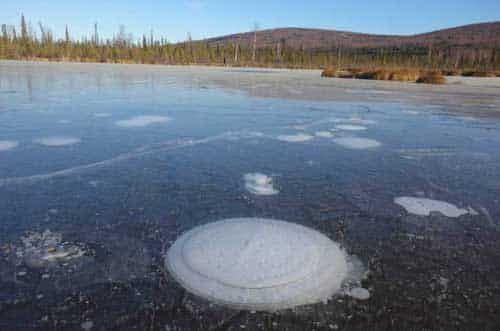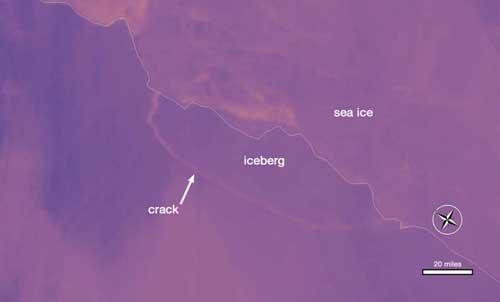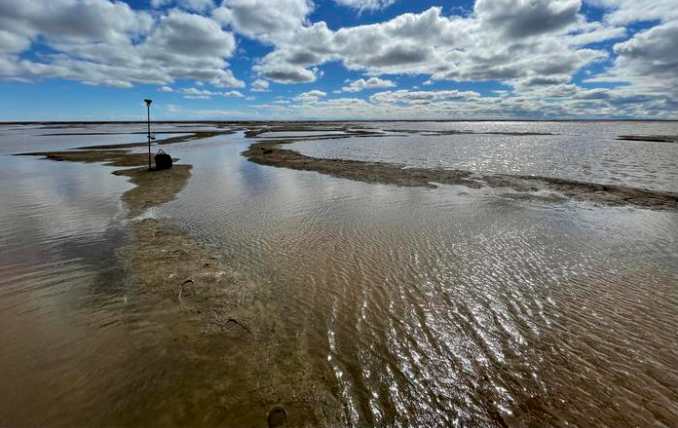
Materials from Arctic Shelves are Changing the Water’s Composition: Scientists say the input of shelf-derived materials to the central Arctic Ocean over the past decade appears to be increasing.
They further note that this increase is altering the water’s composition and could threaten biological productivity and species assemblages. Their results provide one of the first estimates of Arctic shelf flux and offer important insights into the understudied transport processes of this region.
Sediment-water exchange in this region is affected by shifts in permafrost thawing, river discharge and coastal erosion, which are changing in response to rapidly rising Arctic temperatures. To determine sediment inputs from Arctic shelves, Lauren E. Kipp and colleagues measured the distribution of radium isotopes, which leave a unique isotopic imprint in seawater.
[content id=”79272″]
They obtained samples of surface water in 2015 from 69 stations ranging from the Chukchi Shelf to the North Pole. The authors compared their data to a 2007 study by Rutgers van der Loeff et al. and found a sharp increase in radium-228 (228RA) concentrations of surface waters between 2007 and 2015. Based on these findings, Kipp et al. argue that inputs of 228RA to Arctic surface waters cannot currently be in a steady state and profound increases in nutrient, carbon, and trace metal balances are occurring.
Although the two data sets cannot conclusively determine the mechanisms driving increased shelf inputs, this investigation can serve as a baseline for which future studies of Arctic shelf-basin exchange can build upon.
The researchers suggest the continued monitoring of shelf inputs to Arctic surface waters may offer a better understanding of how the changing climate will influence the chemistry and biology of the Arctic Ocean.
###








